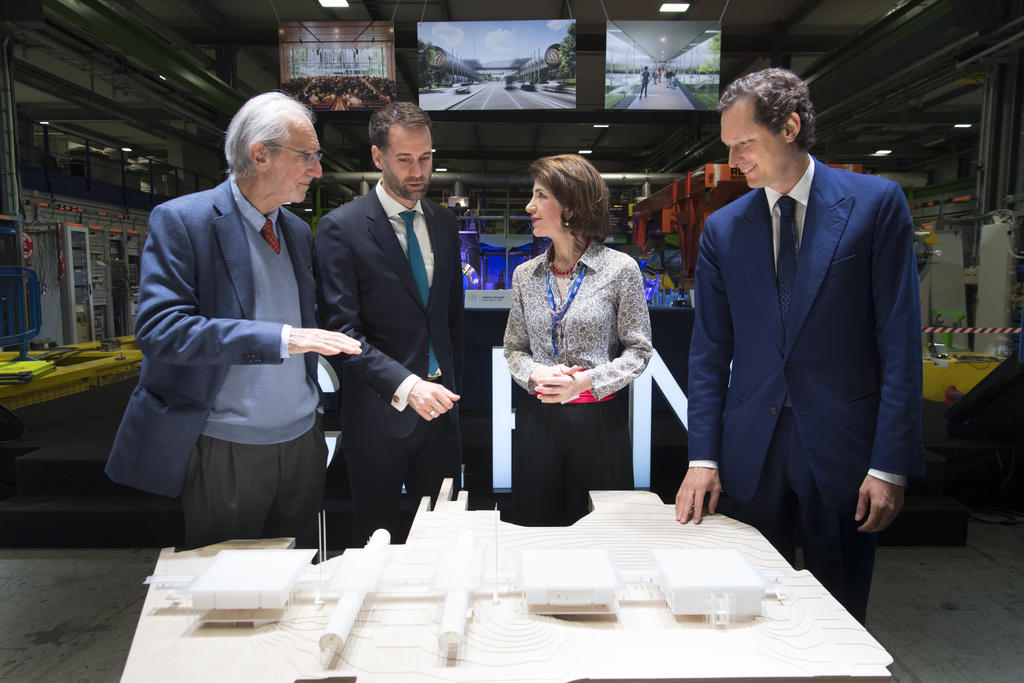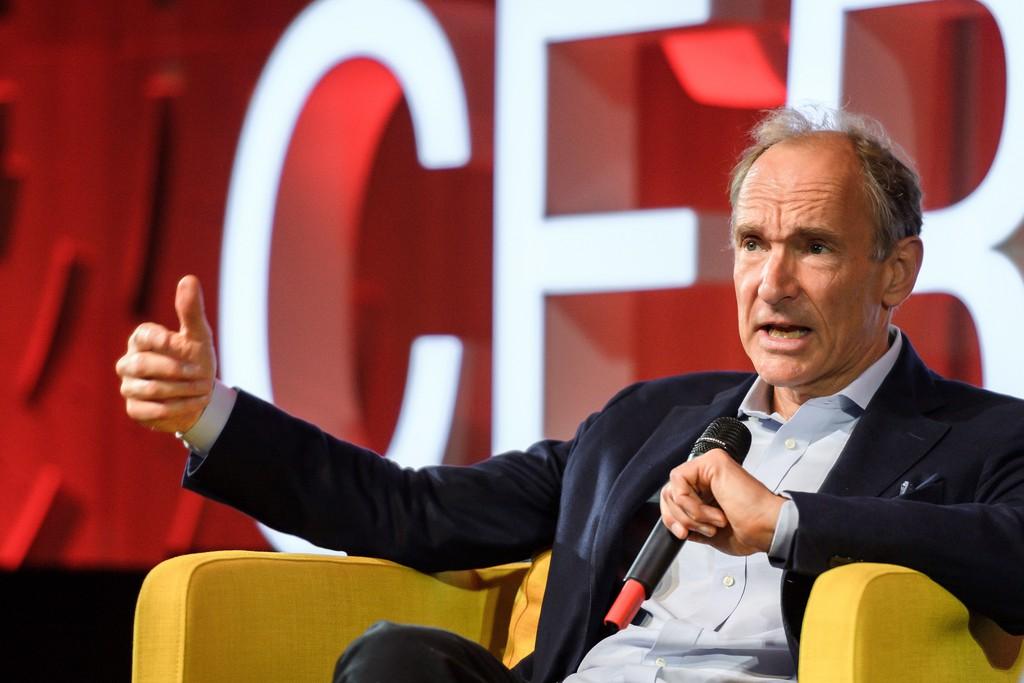
Major science education project unveiled in Geneva

A scientific education centre has been launched at the Geneva-based European Organization for Nuclear Research (CERN).
Science Gateway is part of the organisation’s mission “to educate and engage the public in science, and to share knowledge and technology with society”, according to a press release published on Monday.
“The purpose of the project is to create a hub of scientific education and culture to inspire younger generations with the beauty of science,” the promoters sayExternal link.
The aim is to attract audiences of all ages and will include exhibition spaces, laboratories for scientific experiments for children and students from primary to high-school level, as well as an amphitheatre to host science events.

The 7,000 square metre building will be designed by the architects of the Renzo Piano Building Workshop. The facility is scheduled for completion by 2022 following two years of construction.
The promoters say the project will be funded by external donations, including a charitable foundation created by Fiat Chrysler Automobiles.

More
As web turns 30, inventor reflects on how to fix growing pains

In compliance with the JTI standards
More: SWI swissinfo.ch certified by the Journalism Trust Initiative

















![The four-metre-long painting "Sonntag der Bergbauern" [Sunday of the Mountain Farmers, 1923-24/26] had to be removed by a crane from the German Chancellery in Berlin for the exhibition in Bern.](https://www.swissinfo.ch/content/wp-content/uploads/sites/13/2025/12/01_Pressebild_KirchnerxKirchner.jpg?ver=8f77363a)











You can find an overview of ongoing debates with our journalists here . Please join us!
If you want to start a conversation about a topic raised in this article or want to report factual errors, email us at english@swissinfo.ch.